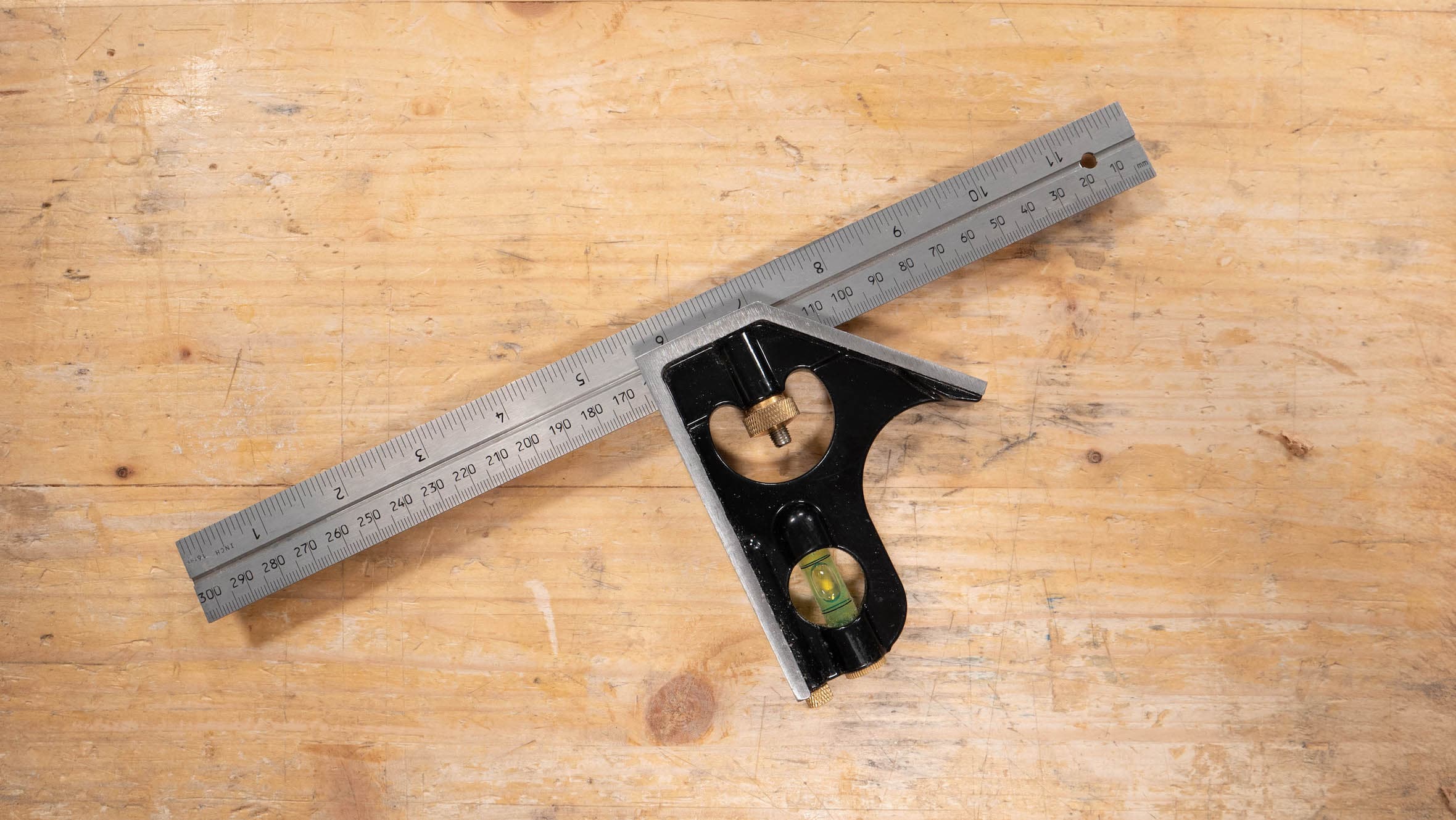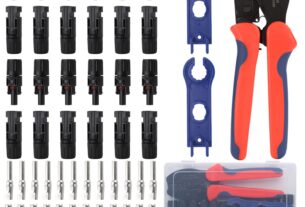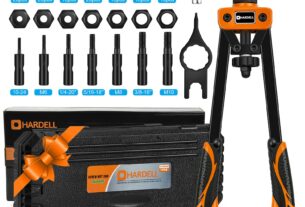Are you tired of inaccurate measurements? Do you want to ensure that your projects are precise and error-free? Look no further than the squaring tool! This simple yet effective tool is a must-have for anyone who wants to achieve accurate and precise measurements. In this article, we will explore the benefits of using a squaring tool, how it works, and some tips on how to use it effectively.
What is a Squaring Tool?
A squaring tool is a measuring instrument that is used to ensure that an object or surface is square or at a right angle. It consists of two arms that are joined together at a pivot point. The arms can be adjusted to different angles, allowing the user to measure angles other than 90 degrees. The most common types of squaring tools include combination squares, try squares, and framing squares.
Benefits of Using a Squaring Tool
Using a squaring tool has many benefits, including:
1. Accuracy – A squaring tool ensures that your measurements are accurate and precise. It eliminates the guesswork involved in measuring angles and ensures that your projects are completed with the highest level of accuracy.
2. Versatility – A squaring tool can be used for a variety of applications, such as woodworking, metalworking, construction, and engineering. It can also be used for layout work and checking the accuracy of machinery.
3. Time-saving – By ensuring that your measurements are accurate from the outset, you can save time by avoiding mistakes and having to redo work.
4. Cost-effective – Using a squaring tool can help you avoid costly mistakes by ensuring that your projects are done correctly the first time.
How Does a Squaring Tool Work?
A squaring tool works by measuring angles between two surfaces. To use a squaring tool, follow these steps:
1. Place one arm of the squaring tool against the surface you want to measure.
2. Adjust the other arm so that it is perpendicular to the first arm.
3. Check the angle using the scale on the tool.
4. Make any necessary adjustments based on the measurement.
5. Repeat as necessary for additional measurements.
Tips for Using a Squaring Tool
To get the most out of your squaring tool, follow these tips:
1. Keep it clean and well-maintained – Regularly clean your squaring tool to prevent debris from interfering with its accuracy. Store it in a dry place and keep it protected from moisture and other elements.
2. Use a light touch – When using your squaring tool, use a light touch to avoid damaging it or causing inaccurate measurements.
3. Check for accuracy regularly – To ensure that your squaring tool remains accurate, check it against a known square periodically.
4. Use a clamp – When measuring large objects or surfaces, use a clamp to hold the arms of the squaring tool in place. This will help you achieve more accurate measurements.
Conclusion
In conclusion, a squaring tool is an essential tool for anyone who wants to achieve accurate and precise measurements. It offers many benefits, including accuracy, versatility, time-saving, and cost-effectiveness. By following some simple tips, you can get the most out of your squaring tool and ensure that your projects are completed with the highest level of accuracy and precision.
Wiki Reference: https://en.wikipedia.org/wiki/Square_(tool)




